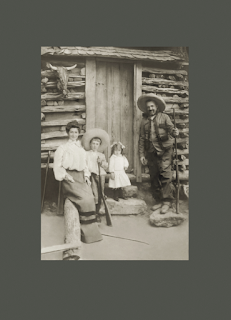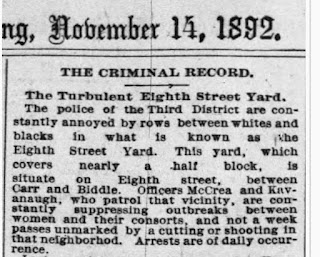Below is my annual post for Memorial Day.
A post on what Memorial Day is for, besides barbecues.The above image comes from a past version of the
Memorial Day page at the US Department of Veterans Affairs, explaining that Memorial Day is a day for remembering those who died in the service of their country. [
Read the full text of the poem.]
Memorial Day is a United States federal holiday observed on the last Monday of May. Formerly known as Decoration Day, it commemorates U.S. men and women who died while in the military service. First enacted to honor Union soldiers of the American Civil War (it is celebrated near the day of reunification after the civil war), it was expanded after World War I to include American casualties of any war or military action. [source]
[More on the
history of Memorial Day]
 Unnamed Remains the Bravest Soldier
Unnamed Remains the Bravest Soldier - by Walt Whitman (From '
Specimen Days')
OF scenes like these, I say, who writes—whoe’er can write the story? Of many a score—aye, thousands, north and south, of unwrit heroes, unknown heroisms, incredible, impromptu, first-class desperations—who tells? No history ever—no poem sings, no music sounds, those bravest men of all—those deeds. No formal general’s report, nor book in the library, nor column in the paper, embalms the bravest, north or south, east or west. Unnamed, unknown, remain, and still remain, the bravest soldiers. Our manliest—our boys—our hardy darlings; no picture gives them. Likely, the typic one of them (standing, no doubt, for hundreds, thousands,) crawls aside to some bush-clump, or ferny tuft, on receiving his death-shot—there sheltering a little while, soaking roots, grass and soil, with red blood—the battle advances, retreats, flits from the scene, sweeps by—and there, haply with pain and suffering (yet less, far less, than is supposed,) the last lethargy winds like a serpent round him—the eyes glaze in death—none recks—perhaps the burial-squads, in truce, a week afterwards, search not the secluded spot—and there, at last, the Bravest Soldier crumbles in mother earth, unburied and unknown.
The cartoon above is by John T. McCutcheon - published circa 1900
I have many ancestors and kin who served in their nation's armed forces during war-time. I honor them on Veterans Day.
However, the closest relative who was killed in action was my grandfather's brother, my great-uncle, Mandell Newmark.
Mandell was born Jan 31, 1923. He was almost certainly named after his great-grandfather Mandell Mojsabovski. He enlisted in the army on Feb 22, 1943, and served as a Sgt. Technician Fifth Grade, in the 163rd infantry. He was killed in action on April 15, 1945. Less than a month prior to VE Day

















